
Queen's Park is an urban park in Downtown Toronto, Ontario, Canada. Opened in 1860 by Edward, Prince of Wales, it was named in honour of Queen Victoria. The park is the site of the Ontario Legislative Building, which houses the Legislative Assembly of Ontario. The phrase "Queen's Park" is regularly used as a metonym for the Government of Ontario or the Legislative Assembly of Ontario.

Walter Seymour Allward was a Canadian monumental sculptor best known for the Canadian National Vimy Memorial. Featuring expressive classical figures within modern compositions, Allward's monuments evoke themes of memory, sacrifice, and redemption. He has been widely praised for his "original sense of spatial composition, his mastery of the classical form and his brilliant craftsmanship".

The Canadian National Vimy Memorial is a war memorial site in France dedicated to the memory of Canadian Expeditionary Force members killed during the First World War. It also serves as the place of commemoration for Canadian soldiers of the First World War killed or presumed dead in France who have no known grave. The monument is the centrepiece of a 100-hectare (250-acre) preserved battlefield park that encompasses a portion of the ground over which the Canadian Corps made their assault during the initial Battle of Vimy Ridge offensive of the Battle of Arras.
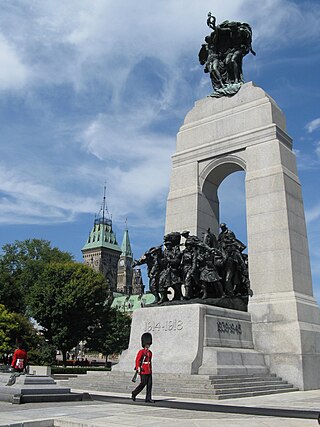
The National War Memorial, titled The Response, is a tall, granite memorial arch with accreted bronze sculptures in Ottawa, Ontario, designed by Vernon March and first dedicated by King George VI in 1939. Originally built to commemorate the Canadians who died in the First World War, it was in 1982 rededicated to also include those killed in the Second World War and Korean War and again in 2014 to add the dead from the Second Boer War and War in Afghanistan, as well as all Canadians killed in all conflicts past and future. It now serves as the pre-eminent war memorial of 76 cenotaphs in Canada. In 2000, the Tomb of the Unknown Soldier was added in front of the memorial and symbolizes the sacrifices made by all Canadians who have died or may yet die for their country.

The St. Julien Memorial, also known as The Brooding Soldier, is a Canadian war memorial and small commemorative park located in the village of Saint-Julien, Langemark, Belgium. The memorial commemorates the Canadian First Division's participation in the Second Battle of Ypres of World War I which included fighting in the face of the first poison gas attacks along the Western Front. The memorial was designed by World War I veteran and architect, Lieutenant Frederick Chapman Clemesha, and was selected following a design competition organized by the Canadian Battlefields Memorials Commission in 1920.

The Dury Memorial is a World War I Canadian war memorial that commemorates the actions of the Canadian Corps in the Second Battle of Arras, particularly their breakthrough at the Drocourt–Quéant Line switch of the Hindenburg Line just south of the town of Dury, Pas-de-Calais, France.
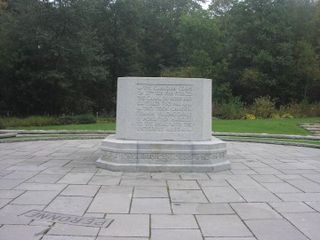
The Bourlon Wood Memorial, near Bourlon, France, is a Canadian war memorial that commemorates the actions of the Canadian Corps during the final months of the First World War; a period also known as Canada's Hundred Days, part of the Hundred Days Offensive.
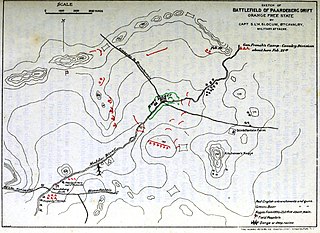
The Battle of Paardeberg or Perdeberg was a major battle during the Second Anglo-Boer War. It was fought near Paardeberg Drift on the banks of the Modder River in the Orange Free State near Kimberley.

Emanuel Otto Hahn was a German-born Canadian sculptor and coin designer. He taught and later married Elizabeth Wyn Wood. He co-founded and was the first president of the Sculptors' Society of Canada.
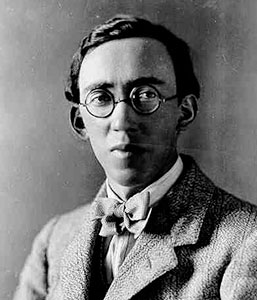
Vernon March (1891–1930) was an English sculptor, renowned for major monuments such as the National War Memorial of Canada in Ottawa, Ontario, the Samuel de Champlain Monument in Orillia, Ontario, and the Cape Town Cenotaph, South Africa. Without the benefit of a formal education in the arts, he was the youngest exhibitor at The Exhibition of the Royal Academy of Arts.

Canadian war memorials are buildings, monuments, and statues that commemorate the armed actions in the territory encompassing modern Canada, the role of the Canadian military in conflicts and peacekeeping operations, and Canadians who died or were injured in a war. Much of this military history of Canada is commemorated today with memorials across the country and around the world. Canadian memorials commemorate the sacrifices made as early as the Seven Years' War to the modern day War on Terror. As Newfoundland was a British Dominion until joining Confederation in 1949, there are several monuments in Newfoundland and Labrador and abroad which were dedicated to Newfoundland servicemen and women.

The Horse Memorial is a provincial heritage site in Port Elizabeth in the Eastern Cape province of South Africa, in memory of the horses that served and died during the Second Boer War, where Britain brought a large number of horses to South Africa. Designed by Joseph Whitehead, the life-sized bronze memorial features a kneeling soldier presenting a bucket of water to a service horse.

The Bell Memorial is a memorial designed by Walter Seymour Allward to commemorate the invention of the telephone by Alexander Graham Bell at the Bell Homestead National Historic Site, in Brantford, Ontario, Canada.

The Boer War Memorial is a monument to the heroes of the Boer War. It is located at Dorchester Square in downtown Montreal, in Quebec, Canada.

Sydney March (1876–1968) was an English sculptor. His primary focus was portrait busts and other sculptures of British royalty and contemporary figures, as well as war memorials. The second-born of eight artists in his family, he and his siblings completed the National War Memorial of Canada after the death of their brother Vernon March in 1930, who had created the winning design. It is the site in Ottawa of annual Remembrance Day ceremonies.
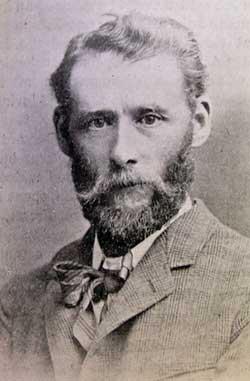
Hamilton Thomas Carlton Plantagenet MacCarthy was one of the earliest masters of monumental bronze sculpture in Canada. He is known for his historical sculptures, in particular his Pierre Dugua, Sieur de Mons at Annapolis Royal, Nova Scotia (1904) as well as Samuel de Champlain overlooking Parliament Hill on Nepean Point, Ottawa (1915), next to the National Gallery of Canada. His monument to the Ottawa volunteers who died in the South African War (1902) was moved to Confederation Park in 1969 after several moves. Other works include that of Ottawa mayor, Samuel Bingham, in Notre-Dame Cemetery in Vanier.
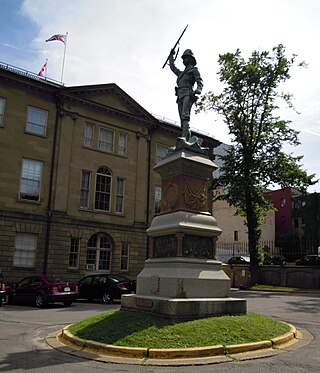
The South African War Memorial is a memorial located in the courtyard of Province House in Halifax, Nova Scotia, Canada.

The Royal Artillery Boer War Memorial is located on the south side of The Mall in Central London, close to the junction with Horse Guards Road at the northeast corner of St James's Park. Unveiled in 1910, it marks the deaths of the 1,083 soldiers of the Royal Artillery who died in the Second Boer War from 1899 to 1902 It has been a listed building since 1970.

Coronation Park is a park and veteran's memorial in Toronto, Ontario, built to mark the coronation of King George VI in 1937. Most trees are planted to honour the Canadian men and women who participated in the First World War and earlier wars, while others commemorate subsequent coronations of Canadian monarchs. Constructed on landfill on the shore of Lake Ontario during the Great Depression, many workers on relief were used. The park also has the Victory-Peace monument, located at the water's edge. To the east is HMCS York, the naval barracks; to the north is Fort York and the Fort York Armoury; and, to the west, is Exhibition Place, once the site of New Fort York.

The Northwest Rebellion Monument is a memorial installed in Toronto's Queen's Park, in Ontario, Canada.

























